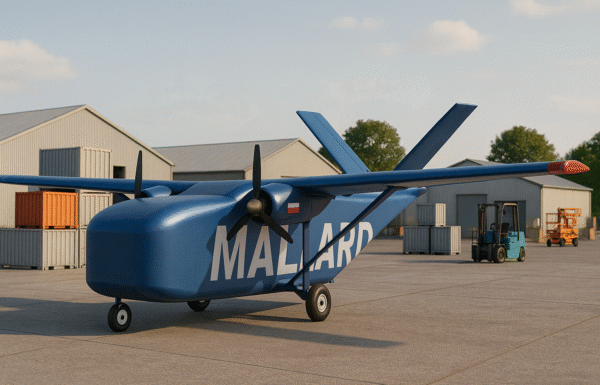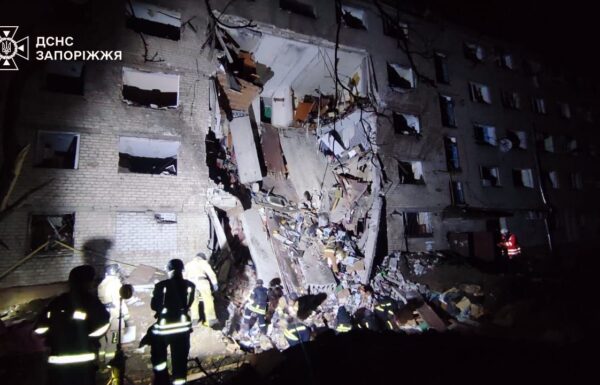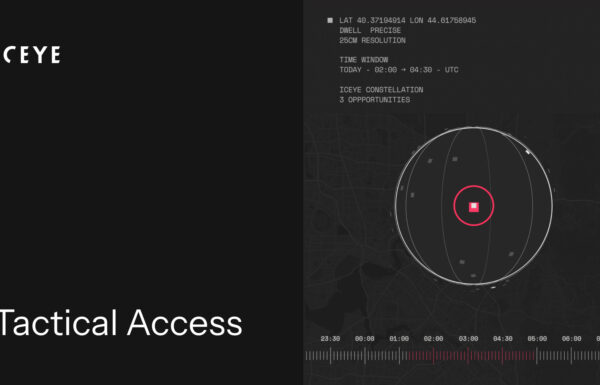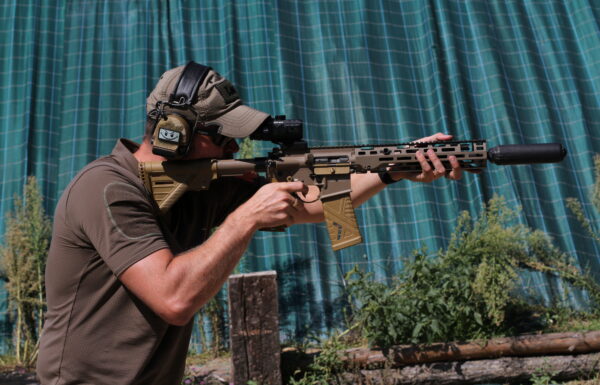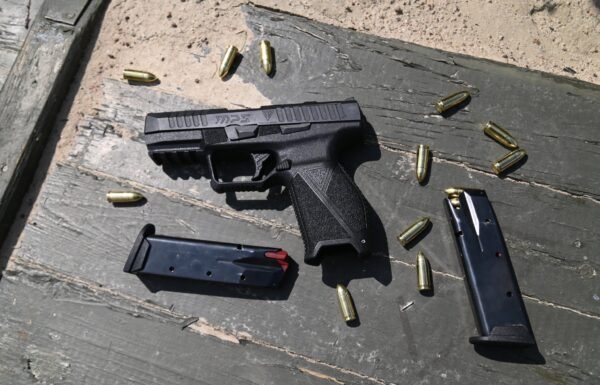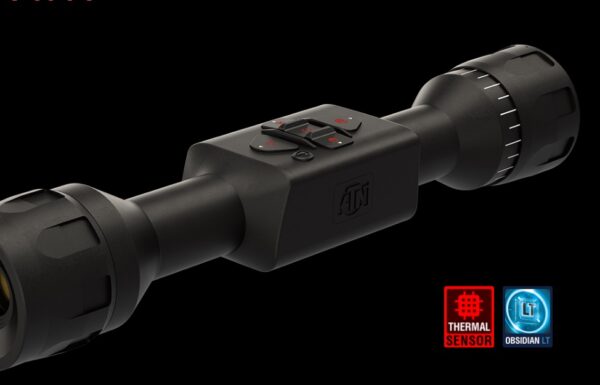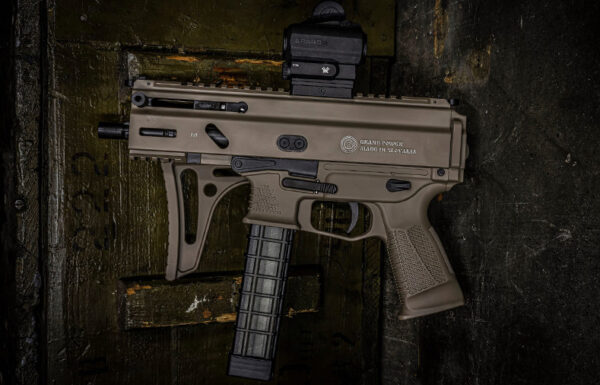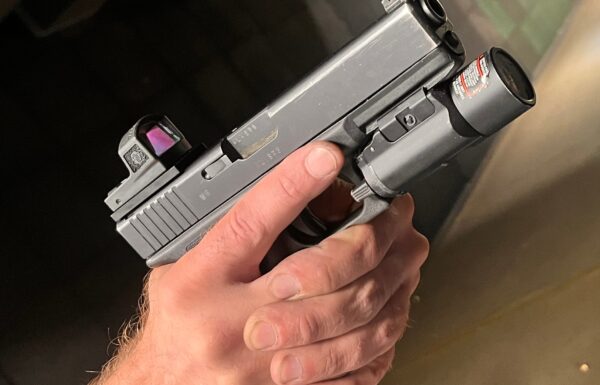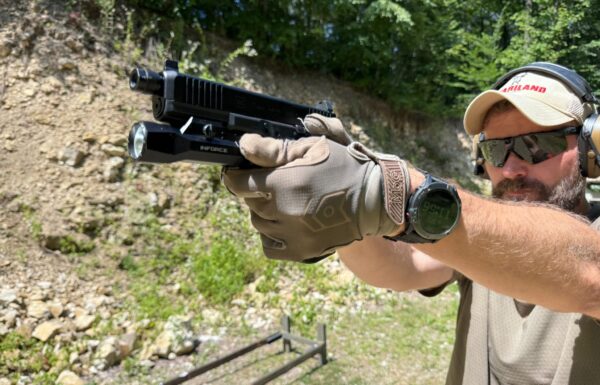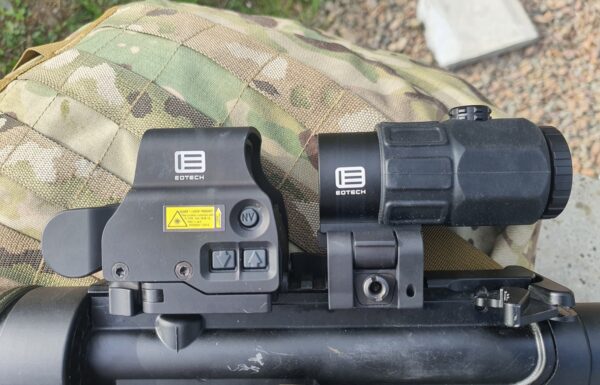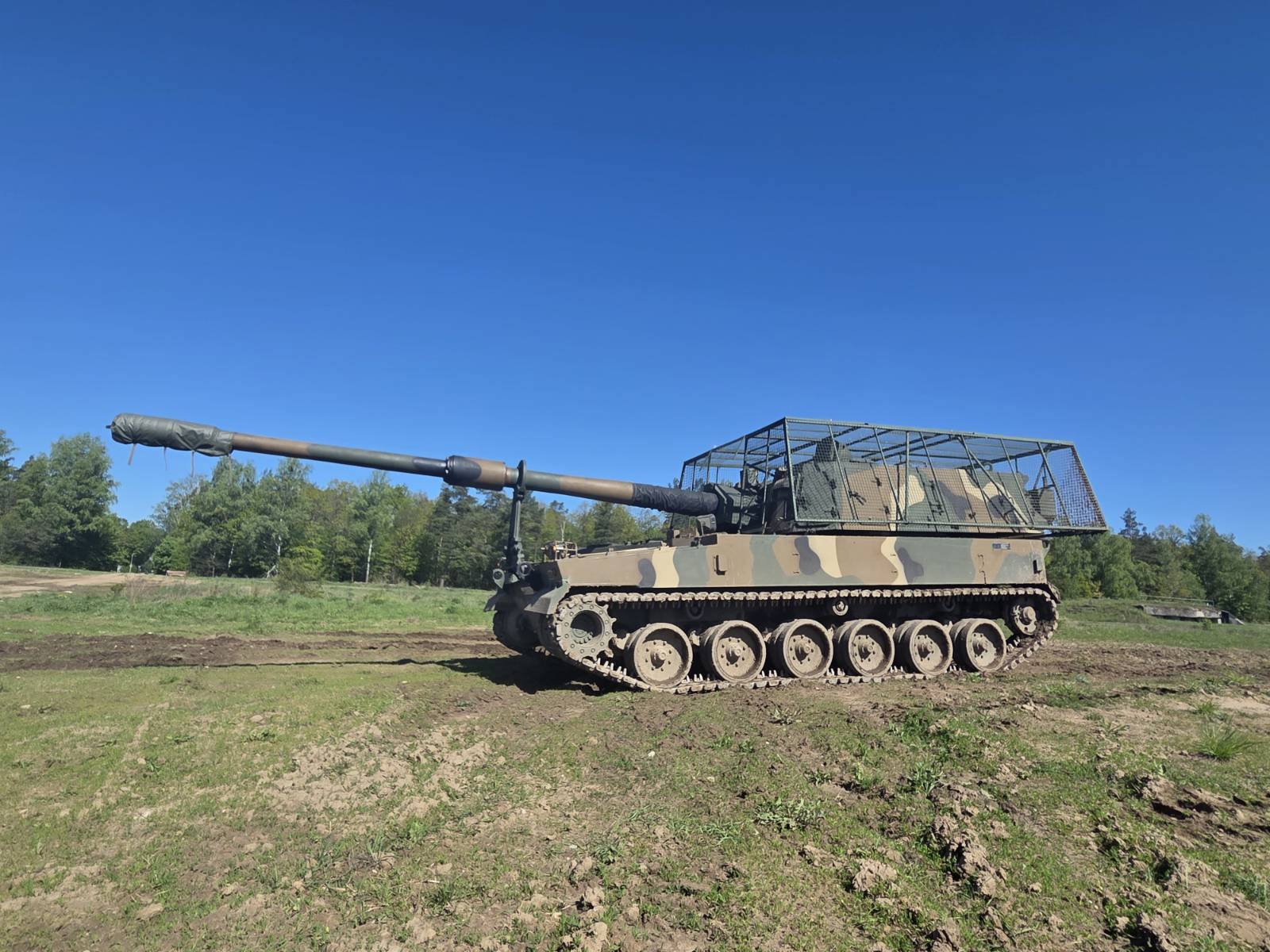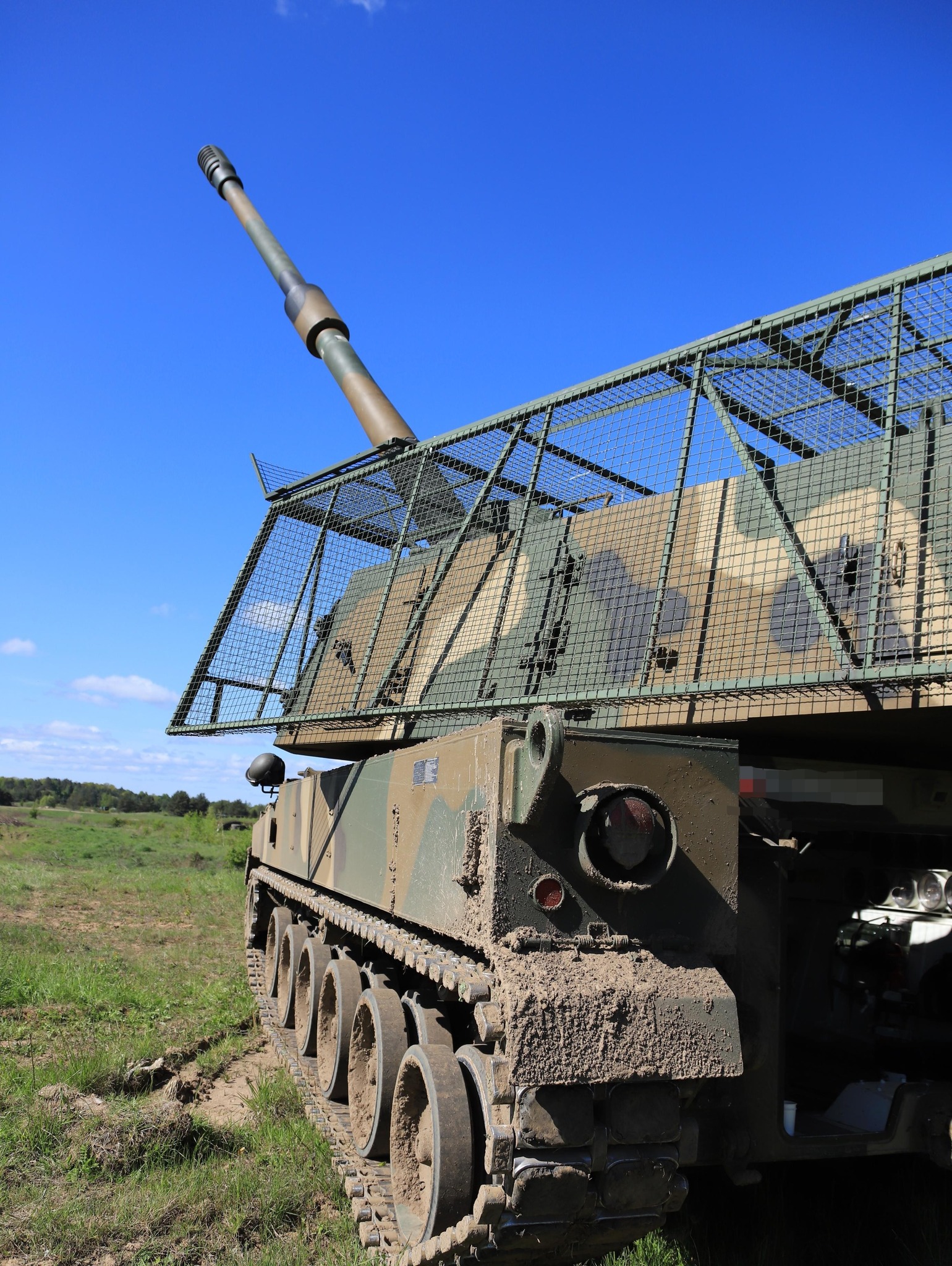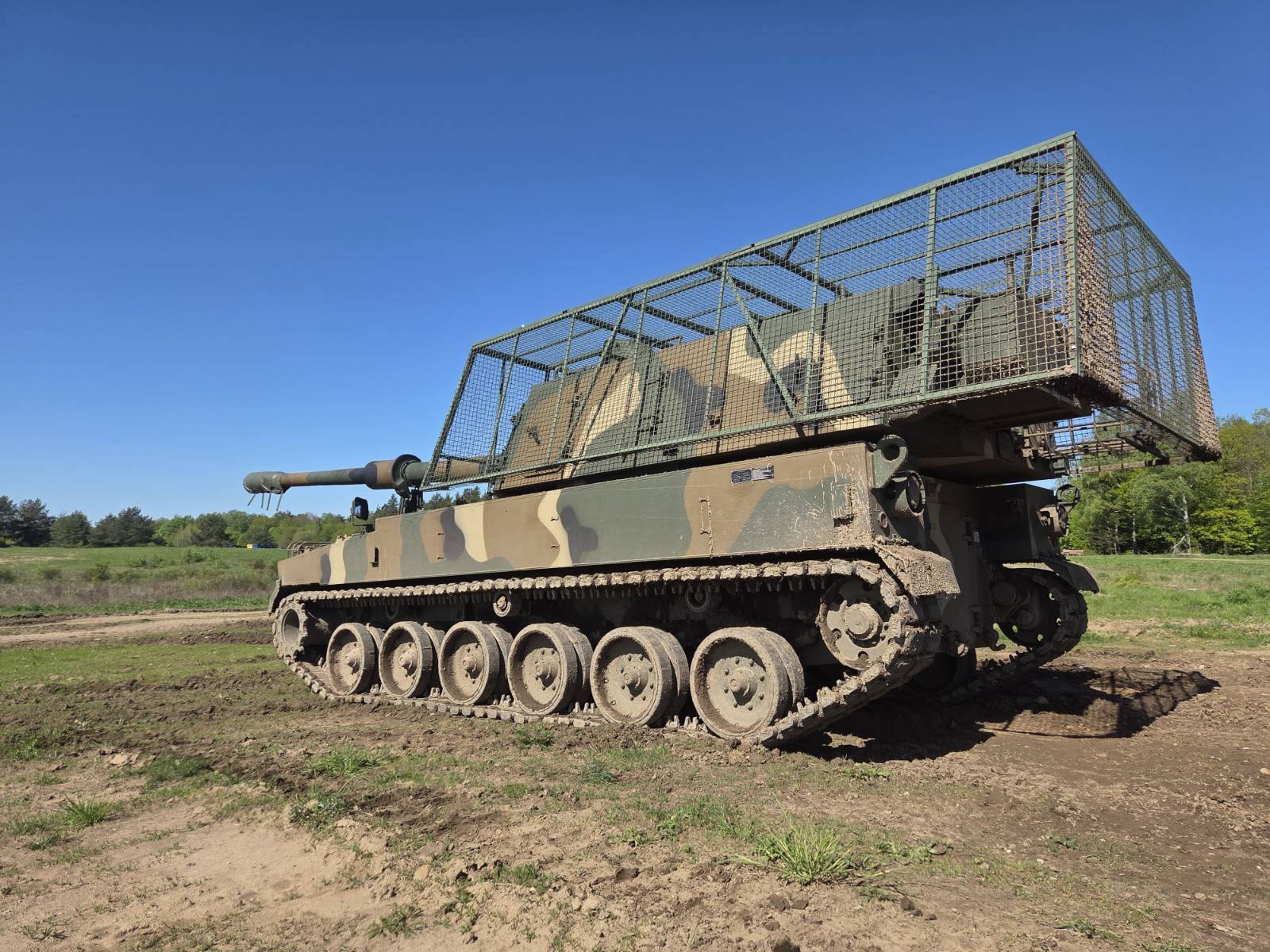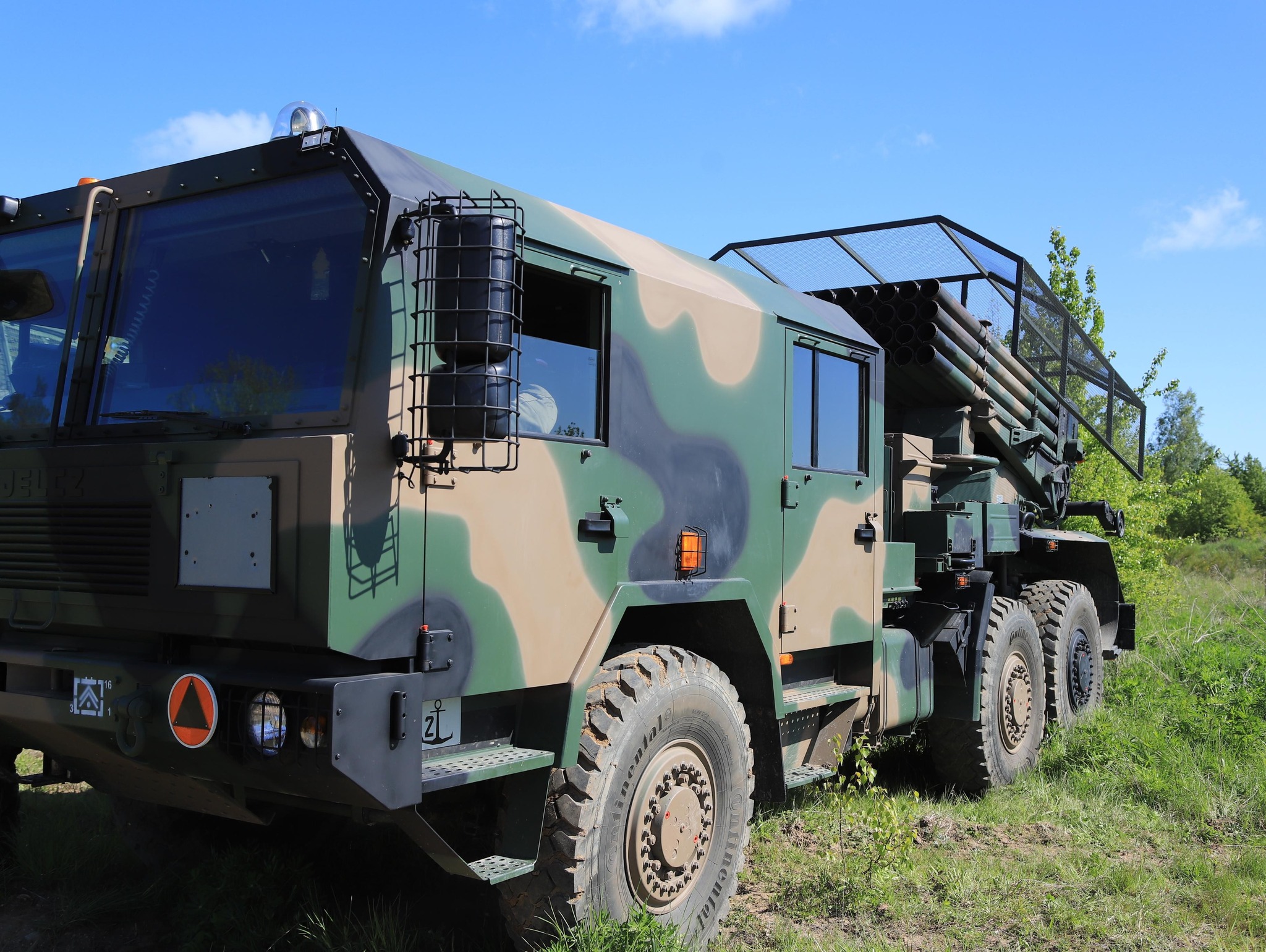On Wednesday, May 7, 2025, the 1st Masurian Artillery Brigade, announced on social media that it is conducting tests of anti-drone shields designed for the 155 mm K9A1 Thunder self-propelled howitzers and the 122 mm WR-40 Langusta self-propelled multiple rocket launchers.
 Photos: SKS, 1st Masurian Artillery Brigade via Facebook
Photos: SKS, 1st Masurian Artillery Brigade via Facebook
“Modern defense in practice. We are testing anti-drone shields on howitzers and launchers, responding to the threats of today’s battlefield,” read a brief post on the social media platform Facebook.
According to the published photos, the K9A1 howitzer has been fitted with a cage-like turret shield, essentially an expanded slat armor system designed to counter shaped charges. Notably, the hull is left unprotected. In the case of the Langusta, a differently designed shield has been installed, providing top and partial side protection for the rocket launcher module, while the crew cabin remains completely exposed.
No details were provided regarding the nature of the tests or the types of unmanned systems used. As shown by the full-scale Russo-Ukrainian war, such protective systems proved effective in its early stages (2022–2023), when drones were commonly used to drop munitions—such as mortar rounds—directly onto enemy vehicles. However, these solutions are not effective against FPV drones, which are now widely deployed.
This is surprising, especially considering that more advanced solutions already exist in Poland—such as the new Pangolin-1/2 reactive armor systems, developed by the Military Institute of Armoured and Automotive Technology (WITPiS) in Sulejówek. These systems debuted at the 30th International Defence Industry Exhibition (MSPO) in 2022 at Targi Kielce, and were designed as successors to the ERAWA-1/2 systems.



